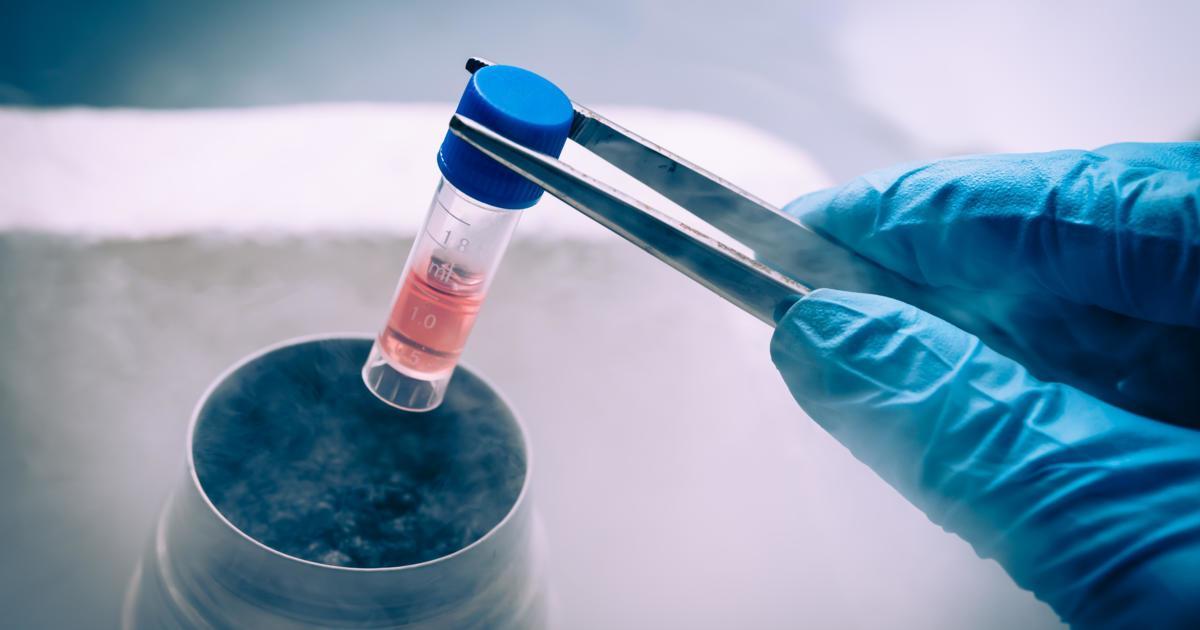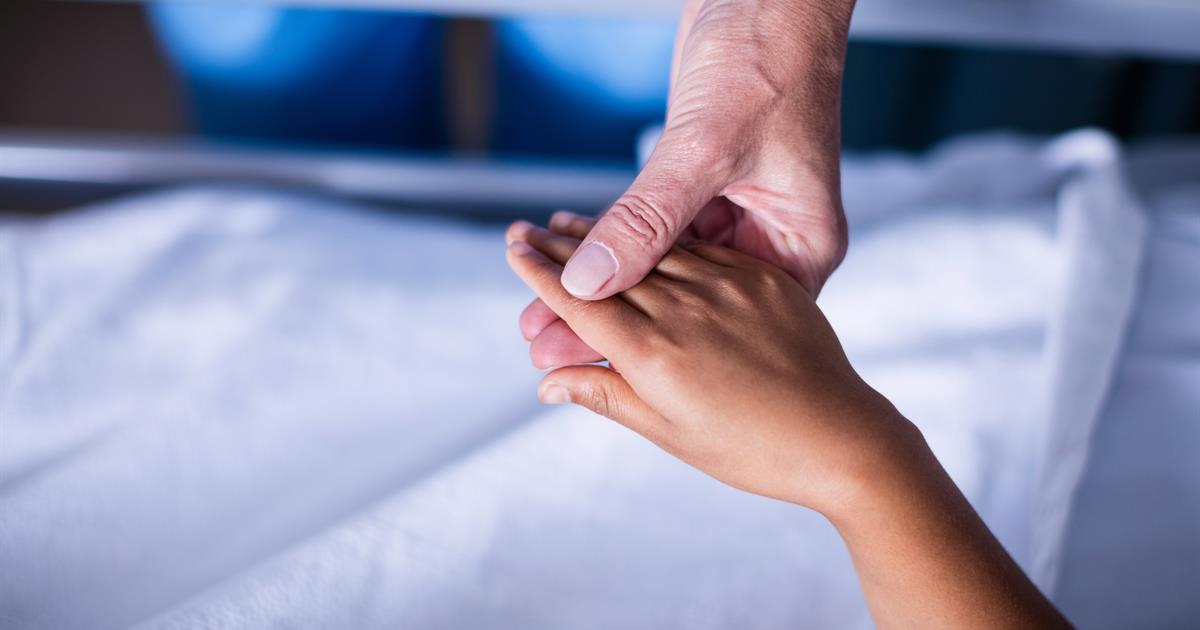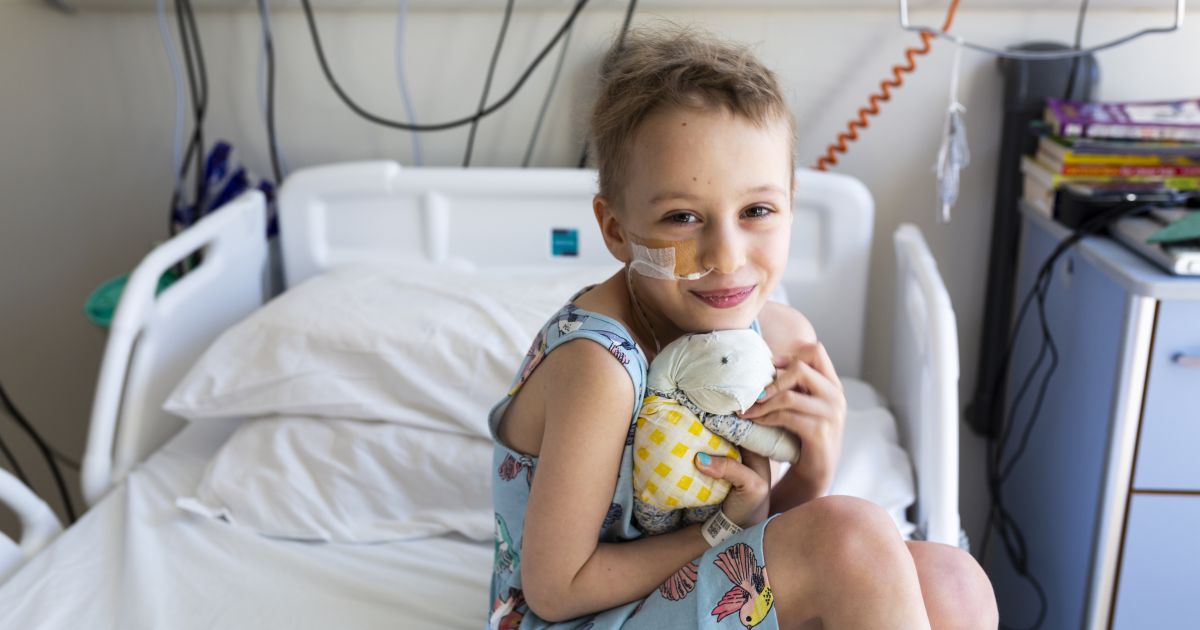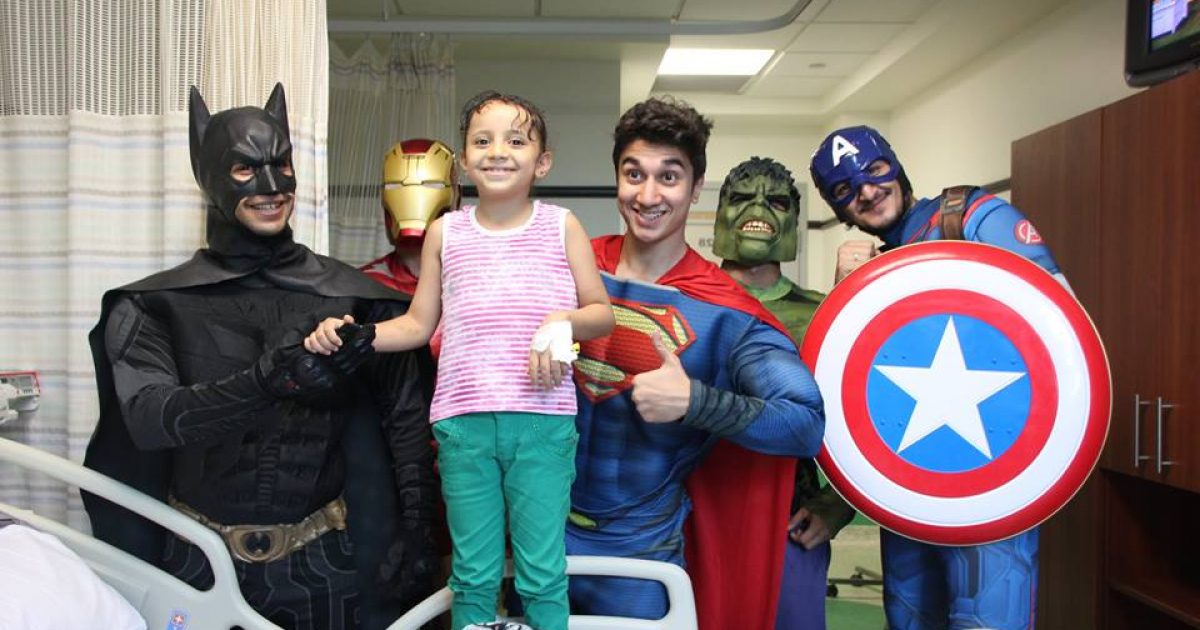Treatments For Childhood Cancer
It's not common for cancer to develop in children, but cancer is the second leading cause of death in young children living in developed countries. Finding out your child has cancer can sometimes feel like living a nightmare, but it's still important to understand treatment options and the typical procedure going forward.
Cancer treatment should be both physical and psychological. The physical treatments target the cancer cells, but the mental treatments help uplift the child. Fighting cancer is exhausting, and it's common for kids to get tired, so an upbeat attitude is essential. Do everything in your power to make your child happy. This brief overview of treatment options and methods can help you make decisions going forward.
Chemotherapy And Radiation

Chemotherapy and radiation are two of the main methods used to fight cancer cells. The former uses drugs that can destroy cancer cells with the goal of ending the ability of the cells to divide and grow. Chemotherapy treatments are administered by pediatric hematologist-oncologists, who are trained to treat a child's cancer through the use of medication. However, there are a few possible side effects of chemotherapy, such as diarrhea, loss of appetite, hair loss, nausea, and vomiting.
Radiation uses targeted x-rays and other targeted rays for the destruction of cancer cells. Radiation oncologists are the doctors who specialize in radiation therapy techniques. If a doctor can avoid using radiation, however, they should, as it might damage the healthy organs and tissues in a child. It also increases the risk that a child will develop another cancer. The side effects of radiation therapy include loose bowel movements, an upset stomach, mild skin reactions, and overall fatigue.
Continue for the next pair of treatments for childhood cancers.
Stem Cell And Bone Marrow Transplant

Stem cell or bone marrow transplants are other treatment options for childhood cancers. Stem cell transplants occur in two ways. One, stem cells can be harvested from healthy bone marrow (from a donor) and replaces bone marrow containing cancer. These cells will then develop into healthy bone marrow, rather than cancerous marrow. Stem cells can also be harvested from a healthy patient's bloodstream, in which case the procedure is termed a peripheral blood stem cell transplant or simply a stem cell transplant.
There are two main types of transplantation for stem cells. Allogeneic, otherwise referred to as ALLO, uses stem cells another individual donated. Autologous, otherwise referred to as AUTO, uses stem cells curated by the patient. Both have a goal of destroying all cancer cells throughout the body.
Before a doctor recommends a transplant, they will discuss the risks with the patient and their family. Many factors must be considered, including the results of previous treatments, the patient's age, the patient's general health, as well as the type of cancer they're battling.
Continue reading to learn about the next treatment option for childhood cancers.
Surgery

When most individuals discuss surgery as a treatment option for cancer, they generally mean the physical removal of a tumor. A surgeon will take both the tumor and some of the healthy tissue surrounding it. This type of procedure is used for both cancerous and benign tumors. Many children who have cancerous tumors will need at least one operation to continue with their treatment.
The surgical goal is the removal of the whole tumor, along with the tissue immediately surrounding it. This ensures no cancer is left in the remaining tissue. Ideally, this tissue will be healthy and not become infected by cancer cells. In most cases with children, microscopic cells of the tumor will remain following the operation. At this point, an oncologist will recommend radiation and chemotherapy, or another course of treatment.
Operation side effects vary widely depending on where the tumor was, along with how large it was. Parents concerned about the side effects their child might face should touch base with their medical team before the operation.
Continue to learn about a hallmark way of helping treat children affected by cancer.
Wish Foundations

Not all treatment is physical. In fact, mental encouragement and a positive attitude are essential to the treatment process. Physical cancer treatments can often be tedious, painful, and exhausting. Children shouldn't have to fight that hard. When they do battle against their illness, it's crucial for those around the ill child to do everything in their power to make them happy.
Wish foundations were created with this principle in mind. Children deserve to live their lives to the fullest, and when so much of their childhood is robbed by cancer, it's good to find ways to make up for it. Some wish foundations are specialized for terminally ill children, including those suffering from cancer.
The concept is simple. A child can make one wish, and the foundation will do everything in their power to make that wish come true. Some children want to meet their favorite celebrity or go to a special amusement park. Others want to go to special sports games or other activities. No matter how big the wish, the foundation will try to make it happen.
Continue reading to learn about another way to treat a child's mental health when they have cancer.
Hospital Visits From Superheroes

Another uplifting mental health treatment for kids with cancer is with hospital visits from superheroes or other movie characters. Actors and other celebrities will frequently visit hospitals and interact with the children in-character. Others might dress up as superheroes, comic book characters, and other pop culture figures to delight the children.
Superheroes are a particularly popular pick right now. With all of the superhero movies coming out, children want to feel like they can take on the world. Kids get to meet their favorite superhero and receive encouragement and well-wishes from them. Everyone in a hospital is delighted whenever a group of superheroes comes to visit.
